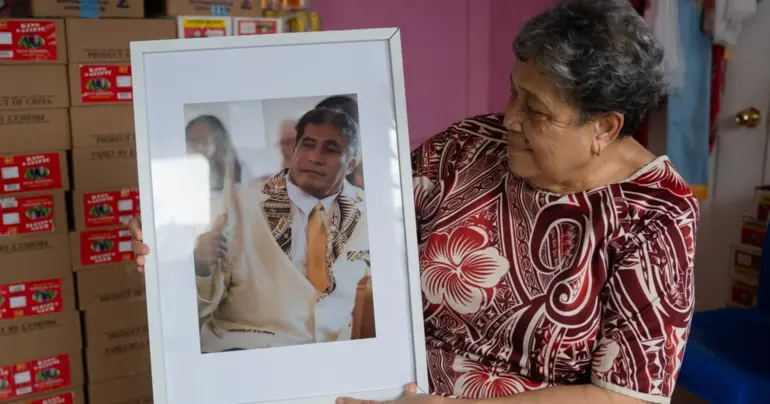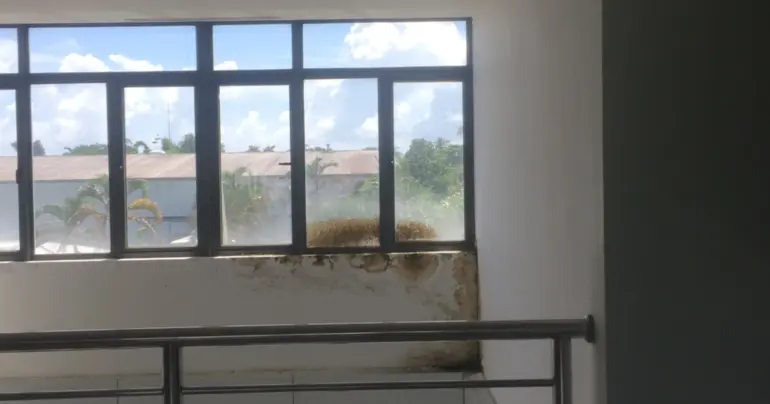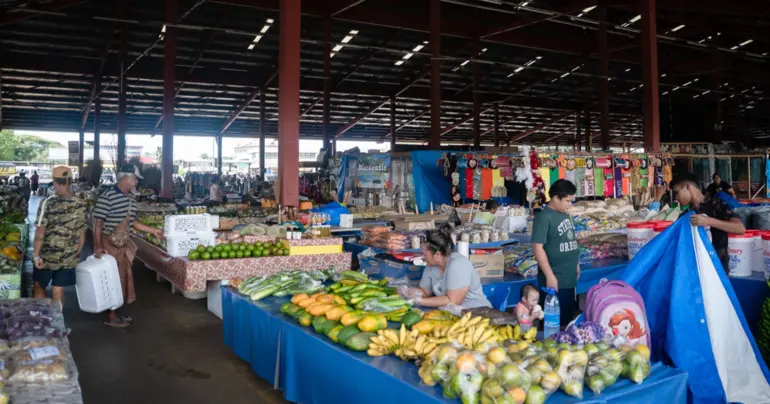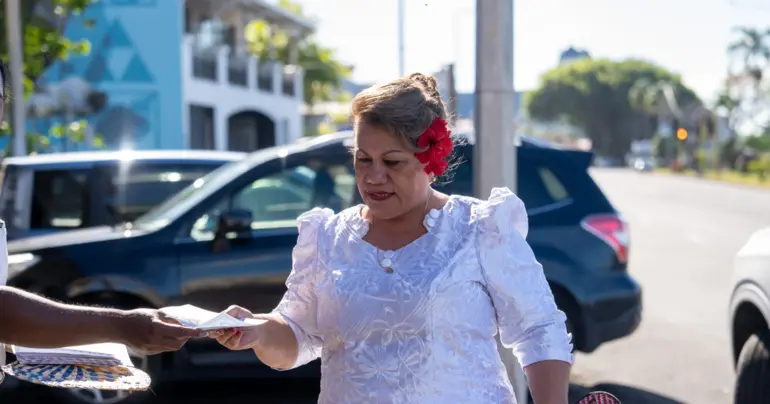Measles vaccinations data revealed
 By Sapeer Mayron
•
29 March 2020, 3:00PM
By Sapeer Mayron
•
29 March 2020, 3:00PM
Data on vaccination rates has revealed that the Ministry of Health was aware of the country’s low immunisation rates as early as 2009, and had detailed information about why some rates remained stubbornly low.
With the 2019 Demographic and Health Survey data gathering complete and analysis underway, the Samoa Observer compared it to the first two such surveys conducted in 2009 and 2014.
As well as low vaccination records across the board, including specifically low rates for the measles and rubella (and later the measles, mumps and rubella (M.M.R)) vaccine, the survey found vaccination cards themselves were rare.
In 2009, just 40 per cent of children surveyed had vaccination cards.
The proportion became less as children got older. It grew to 61 per cent in 2014 but keeping cards throughout early childhood remained a challenge, the survey found.
A decade ago, just 55 per cent of 18-month-olds had their first M.M.R. vaccine and 25 per cent had also received their second shot (two are required for full immunisation, and are typically administered at 12 and 18 months).
Of those children, nearly 27 per cent had their first doses recorded on a vaccination card and 20 per cent had both doses recorded.
The survey report said in the absence of a card, parents (mostly mothers) were asked to recall whether and when their child was vaccinated for any of the childhood vaccines.
This dependence on memory may mean that vaccination rates are underreported, with the survey describing the data gap as “mother’s recall bias and relatively low availability of vaccination cards.”
This issue was borne out during the mass vaccination to combat last year’s measles epidemic. During the mass vaccination campaign, the entire population was vaccinated regardless of their immunisation history because records were patchy or non-existent.
As part of the recovery effort from the epidemic, health records will be digitised, not only for vaccination but across the board.
The Samoa Vaccination Annual Report, which takes its data from health facilities, reported higher figures for measles coverage, the survey report notes.
The two reports show work on improving vaccine rates paying off, but a struggle to reach the 95 or 100 per cent coverage target for any vaccines.
Children in Savai’i have had consistently higher coverage rates for M.M.R. than their peers in Upolu, who are less likely to be vaccinated the closer to town they live.
In 2009 Savai’i vaccine rates were 72 per cent for the first dose of M.M.R but only 32 per cent for the second. Those numbers grew by just two or three percentage points by the next survey.
On Upolu, slightly less than half of children in the Apia area were vaccinated with their first dose and just a quarter with their second. In rural Upolu, that figure was slightly higher, ranging between 56 and 75 per cent for the first dose and 38 and 48 per cent for the second (north west Upolu and ‘rest of Upolu’ respectively).
By 2014 those figures had grown across the board, most significantly for the urban area which was reporting 64 per cent coverage for the first dose and 30 per cent for the second.
In 2009 children of mothers with more than a secondary school education were more likely to have been vaccinated than those who never finished high school by 45 per cent, the survey found
“The proportion of children fully immunised is lowest among children in the lower two wealth quintiles (15 to 20 per cent) when compared with children in the upper three wealth quintiles (29 to 31 per cent),” the survey found.
Where a child lives appears to affect their inoculation status.
Rural children were vaccinated with their first dose of M.M.R. nearly 39 per cent more often than their urban peers.
But all across Samoa, rates fell for the second dose. Just 24.3 per cent of urban children had their second dose of M.M.R., down from 48.3 per cent while 39.3 per cent of rural children received the dose (from 67 per cent for the first dose).
In the coming months, children and young adults who were vaccinated for the first time against measles during the 2019 epidemic will need their second injection to become fully immune to the virus. The Ministry of Health is carrying out a service to get these shots delivered across the country.
A positive trend shown by the surveys is that the number of children fully immunised grew significantly in five years.
In 2014, 47 per cent of 18-29 month old children had all their basic vaccinations, up from 25 per cent in 2009.
The number of children with no vaccinations at all dropped too, from 15 to eight per cent over the five years.
Every five years, the Samoa Bureau of Statistics conducts a nationwide health-focused survey on households; fertility and family planning; maternal health; infant and child mortality; child health; nutrition; H.I.V. knowledge and even the degree of female empowerment.
The 2019 D.H.S. will be published later this year.
Tags
 By Sapeer Mayron
•
29 March 2020, 3:00PM
By Sapeer Mayron
•
29 March 2020, 3:00PM











